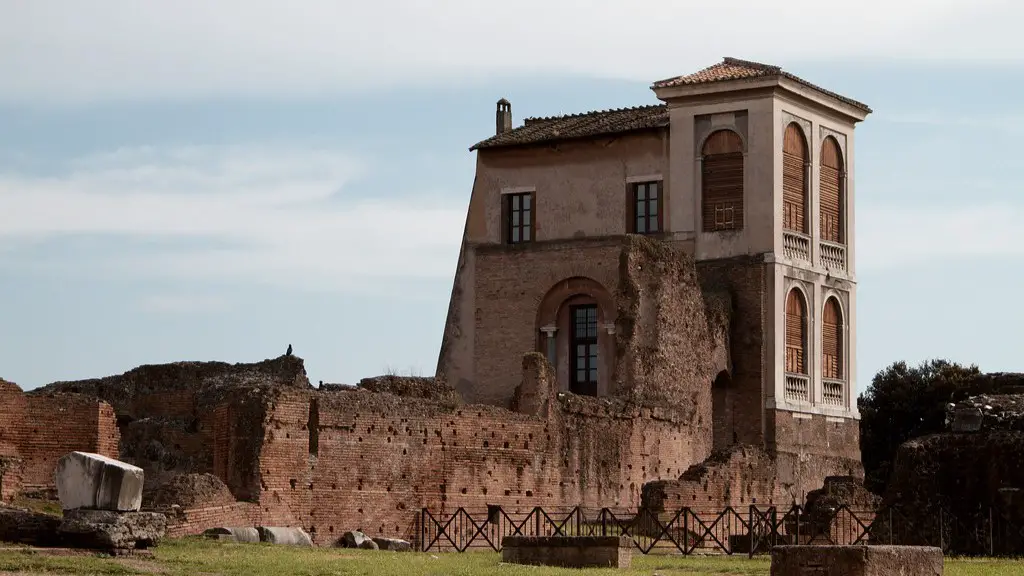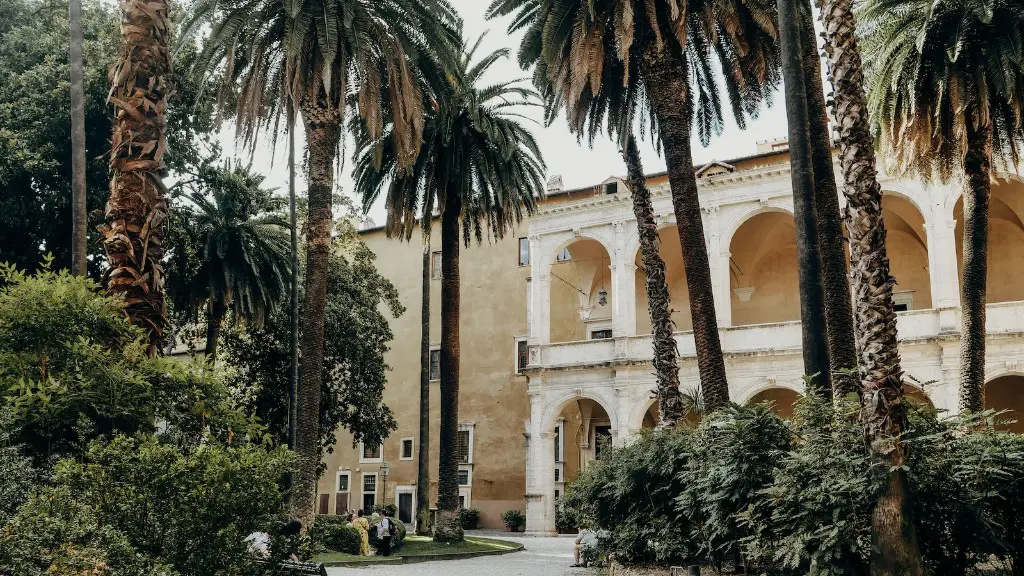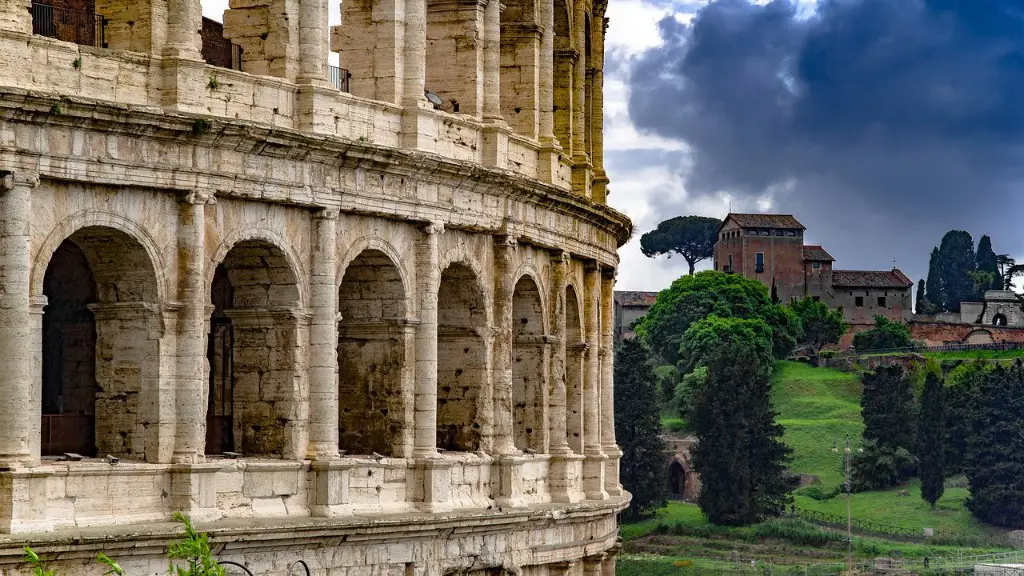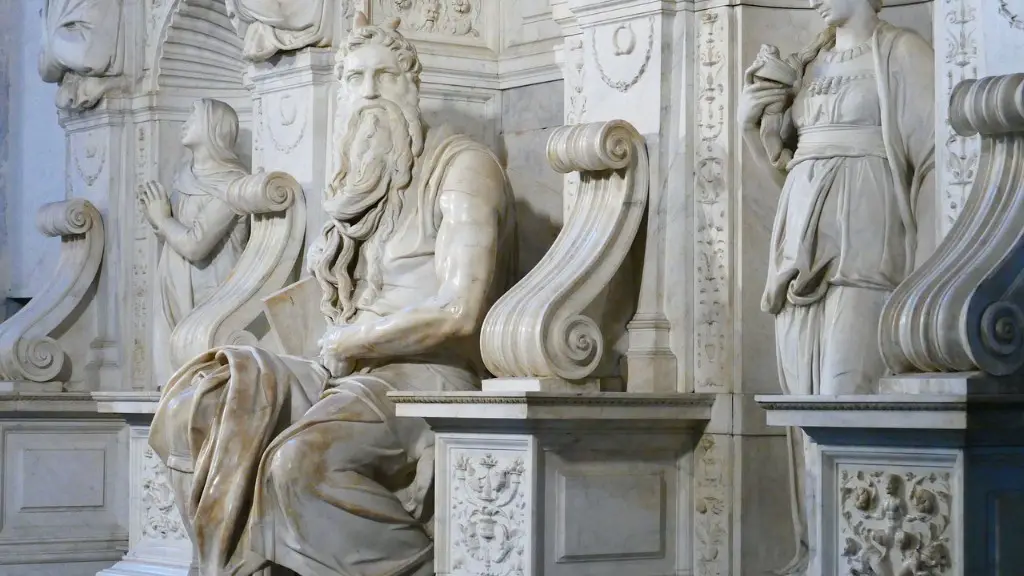The history of Ancient Rome is an iconic timeline of success and growth, characterized by its strong government and leadership. From the early 7th century BC to its fall in 476 AD, the Roman Republic was a renowned structure in the Mediterranean region. Even though Ancient Rome underwent several changes in its system of governance, it is historically known for its senatorial and consular structures, as well as its unified legal and political systems. This article delves into understanding the type of government Ancient Rome constituted.
Ancient Rome is known to have had a republican government based on a balanced combination of the Etruscan monarchy, the oligarchies of the early Latin cities and the legislation of the kings of Rome. This republican structure was a blend of monarchic and oligarchic tendencies whereby the people, represented by the Senate and the Assemblies, had the ultimate power to choose their representatives, who would be in charge of day-to-day governance. This effectively meant that the people of Rome had control over the government, and could hold it accountable, through the election and selection of individuals who held senior posts in the Senate and other governing bodies.
The core structure of Ancient Rome’s government was a combination of monarchy and democracy, and was divided into the Senate, the Assemblies and the Executive Magistrates. The Senate was the decision-making power, consisting of the Patrician class and other leading citizens. The Assemblies were the decision-making power of the people, consisting of the Plebeian class who elected the Executive Magistrates. The Executive Magistrates, who were also elected by the people, were the practical power of government, and were responsible for the day-to-day governance of Rome.
Although the Senate, the Assemblies and the Executive Magistrates were all united in one government, Ancient Rome placed more emphasis on its Senate since it was a body of older, more experienced citizens. It consisted of 300 members and was divided into two groups – the Patricians, who were members of noble families, and the Plebeians, who were members of the lower class. The Senate was in effect the upper house of the Roman government and had the final say in all decisions regarding the government.
The Roman Senate and the Executive Magistrates, alongside the Assemblies, all worked together in harmony and balance to effectively rule the Roman Republic. This enabled them to pass laws, form alliances, enter into treaties and provide security to the Roman citizens. In addition, the Roman Senate had supreme control of the fiscal matters of the Roman Republic, and was responsible for levying taxes and controlling the treasury.
The government of Ancient Rome was a combination of monarchy and democracy, where the people had the ultimate power to choose their representatives. In addition, the Senate and the Executive Magistrates were the practical power of government and held the responsibility of day-to-day operations. This balanced combination of monarchy, democracy and republicanism enabled Ancient Rome to become a leading power in the Mediterranean region.
Effects of Ancient Rome’s Government
Ancient Rome’s republican government produced very effective results that enabled it to become a leading power in the region. Through its unique and balanced combination of monarchy and democracy, the Roman Republic was able to secure economic, social and political advantages that enabled it to become more successful. This unique government enabled Rome to achieve victories in warfare, establish better trade relationships and introduce more effective laws.
The combination of monarchy and democracy enabled the Roman Republic to develop a unified system of laws that provided better legal protection and preventive measures against potential rivalries and conflicts. The Senate and the Executive Magistrates provided a great level of stability and were able to pass legislation that was effective in improving the lives of Roman citizens. The Assemblies were also effective in ensuring that the voices of ordinary citizens were heard and played a key role in providing the people of Rome with the opportunity to hold their government accountable.
The republican structure of Ancient Rome’s government enabled the Roman Republic to create a network of alliances throughout the region, which enabled it to establish trade relations with other countries. In addition, the elections of representatives through the Senate, the Assemblies and the Executive Magistrates enabled the Roman Republic to form a unified and secure defense against any form of aggression or attack. This strong government enabledAncient Rome to become a formidable power in the Mediterranean region.
Relevance of Ancient Rome’s Government Today
The republican structure of Ancient Rome’s government is of great relevance today, as it provided the blueprint for the formation of governments in many countries around the world. The principles of unity and balance of monarchy, democracy and republicanism that the Roman Republic used to form its government, have been proven to be effective in the formation of governments in many modern nations. This is evidenced by the fact that many countries in Europe and the Americas have adopted the synthesis of monarchy and democracy as their political system.
The legacy of Ancient Rome’s government is still felt today, as it provided a model for the formation of governments all over the world. This republican structure, with a balanced combination of monarchy, democracy and republicanism, enabled Ancient Rome to become a formidable power in the Mediterranean region. This powerful government remains to teach modern nations important lessons about the importance of unity, balance and stability in government.
Legacy of Ancient Rome’s Government
The legacy of Ancient Rome’s government has been undeniably influential in the formation of governments worldwide. This is evidenced by the fact that its legacy continues to be felt in the formation of modern nations. Its effective combination of monarchy, democracy and republicanism has provided the blueprint for the formation of governments all over the world. In addition, Ancient Rome’s government gave rise to a strong culture of civic participation, which enabled it to ensure stability and balance within the Roman Republic.
In terms of politics, Ancient Rome’s government has left an indelible mark on modern government systems, as it provided a unified legal and political system that provided protection to the people and enabled them to participate meaningfully in the formation of their government. This republican structure enabled the people of Rome to have a voice in their government, and enabled the Roman Republic to become one of the leading powers in the region.
The legacy of Ancient Rome’s government has also been reflected in its culture, as it has been highly influential in shaping the values and beliefs of the Roman people. This was enabled by the balanced combination of monarchy and democracy, which enabled the Roman people to create a culture that enabled cooperation, compromise and mutual respect. The legacy of Ancient Rome’s government can still be seen in modern nations, as it has significantly contributed to their laws, politics and culture.
Legacies Impacts of Ancient Rome’s Government
The impacts of Ancient Rome’s government continue to be felt today, as its republican structure has had far-reaching effects both in political and cultural aspects. On the political front, Ancient Rome’s government provided a highly effective legal and political system that ensured stability, unity and balance within the Roman Republic. This effective system enabled the Roman Republic to become a major power in the Mediterranean region.
In terms of culture, the legacies of Ancient Rome’s government have had an equally strong influence, as it enabled the Roman people to create a culture of civic participation and cooperation. This culture of civic participation enabled the people of Rome to feel a sense of ownership and responsibility for the government, and allowed them to have a voice in their government. This ultimately enabled the Roman Republic to become a strong and respected power in the Mediterranean region.
The legacies of Ancient Rome’s government continue to be seen in modern governments, laws and cultures across the world. Its effective combination of monarchy, democracy and republicanism enabled the Roman Republic to become a powerful force in the Mediterranean region, and its legacy continues to provide important lessons to countries today.
Conclusion
Ancient Rome’s government was an iconic, balanced combination of monarchy and democracy, which enabled it to become a strong and respected power in the Mediterranean region. Its structured blend of monarchy, democracy and republicanism gave rise to a unified, stable and secure government that provided the Roman people with protection and provided them with a voice in their government. The legacies of Ancient Rome’s government continue to be seen in modern governments, laws and cultures across the world.




